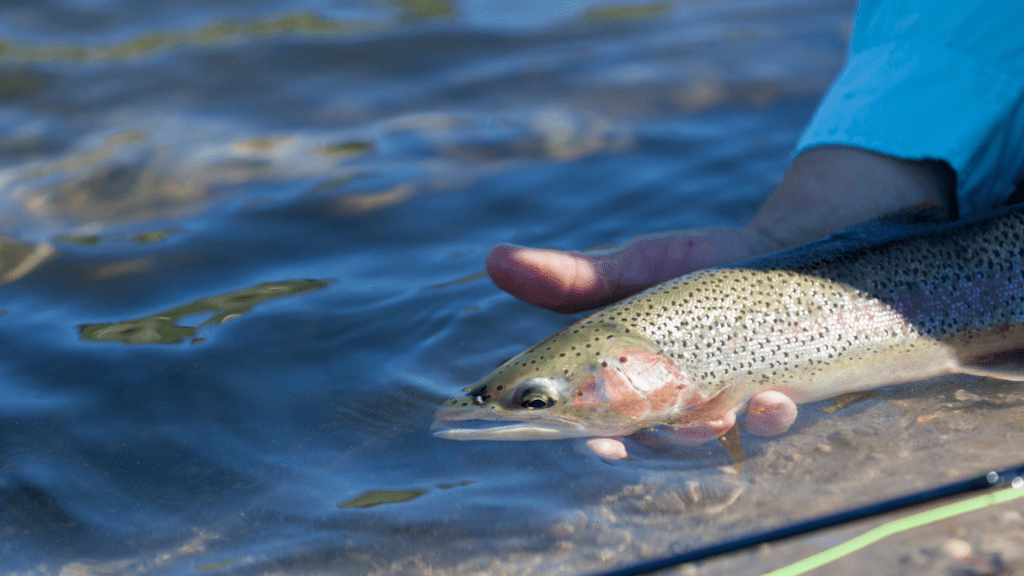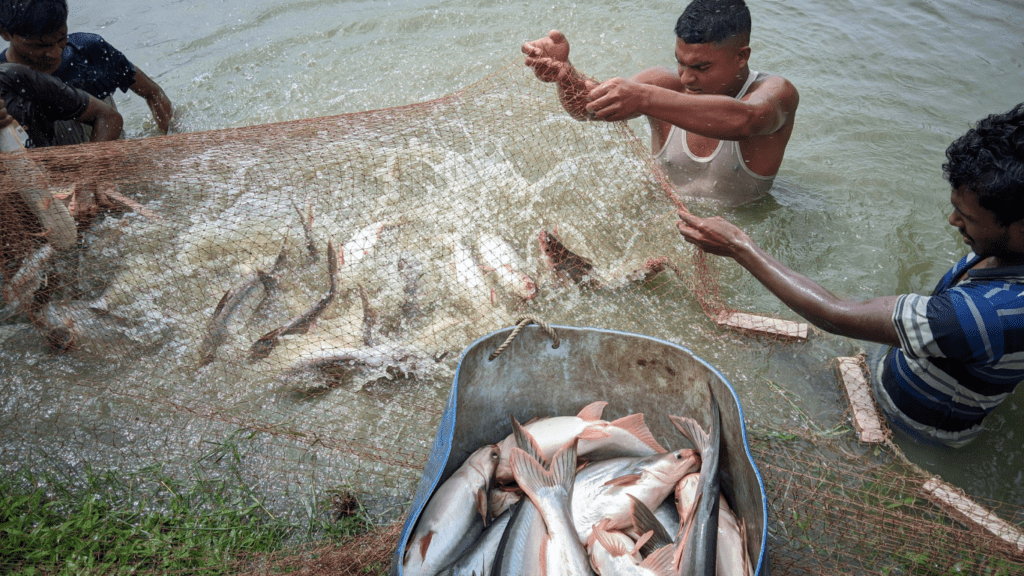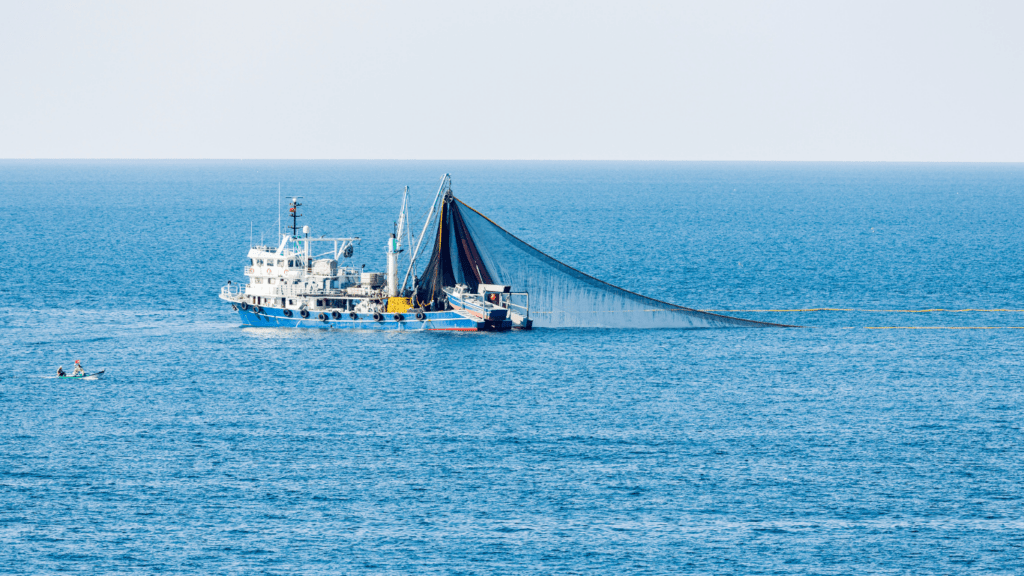Fishing isn’t just a pastime for me—it’s a way to connect with nature and unwind. But as much as I love the thrill of reeling in a catch, I know the importance of protecting fish populations for future generations. That’s where catch and release comes in, a practice that lets us enjoy fishing while preserving aquatic ecosystems.
Importance Of Catch And Release
Catch and release plays a vital role in preserving fish populations for future generations. Healthy fish populations support:
- recreational fishing
- maintain ecological balance
- contribute to the sustainability of aquatic ecosystems
By releasing fish back into their environment, anglers allow them to survive, reproduce, and sustain biodiversity.
Successful catch and release protects vulnerable species from overfishing. Some species face significant threats due to habitat loss, pollution, and climate change. Releasing fish after a catch ensures that these species can recover and thrive, particularly in areas with strict conservation regulations.
Educating anglers about responsible fishing practices promotes environmental stewardship among both individuals and communities. Anglers who prioritize ethical fishing contribute positively to conservation efforts, ensuring that waterways remain a resource for everyone to enjoy.
Preparing For Catch And Release
Proper preparation is essential for practicing effective catch and release. Making thoughtful choices before heading to the water reduces harm to fish and increases their chances of survival.
Choosing The Right Gear
- Using barbless hooks is critical for minimizing injury during catch and release.
- Barbless hooks are easier to remove and reduce the risk of damaging a fish’s mouth.
- Selecting a rod and reel that match the targeted species prevents exhaustion, as oversized or undersized equipment can increase stress. For example, light tackle might wear out large fish, while heavy tackle can overpower smaller ones.
- Non-abrasive landing nets are necessary for handling fish safely.
- Rubberized nets, unlike nylon ones, protect a fish’s slime layer, which is vital for its immune system. \
- Having a dehooking tool simplifies hook removal without excessive handling.
Understanding Local Regulations
Compliance with local regulations ensures sustainable fishing practices. Many areas establish rules like catch limits, closed seasons, or guidelines for handling protected species. Checking local requirements avoids unintentional violations and supports conservation goals.
Special regulations, such as mandatory use of circle hooks in certain waters, often aim to enhance fish survival. I always research local laws through official resources, like wildlife agencies, to stay informed before fishing.
Best Practices For Handling Fish

Handling fish carefully is essential in practicing responsible catch and release. Using the correct methods reduces harm, increases survival rates, and sustains healthy fish populations.
Minimizing Stress During The Catch
Reducing stress begins with using appropriate gear. Barbless hooks simplify removal, minimizing tissue damage. Fighting the fish swiftly and avoiding excessive exhaustion are critical steps. Keeping fishing lines taut but controlling the reel prevents over-fighting, especially with larger species. If a fish appears overly fatigued, resuscitation becomes necessary before release. In warmer water, stress levels increase, so it’s important to limit catch duration during peak temperatures.
Proper Handling Techniques
Handle fish with wet, bare hands to protect their mucus coating, which prevents infections. Always support their body by cradling the fish horizontally with one hand under the head and the other under the belly. Avoid squeezing tightly or placing fingers in gills to prevent internal damage. Use a non-abrasive landing net for temporary containment if needed. Limit air exposure to under 15 seconds whenever possible, and avoid dropping fish onto hard surfaces. When photographing, prepare your equipment beforehand to minimize handling time. Promptly return the fish to the water in its natural orientation to ensure proper acclimation.
Ensuring A Safe Release
Releasing fish safely is essential for their survival and helps maintain healthy populations. Following specific steps improves a fish’s chances of recovery after being caught.
Reviving The Fish
Reviving fish involves ensuring they’re strong enough to swim away. I keep the fish in the water and gently hold it upright to help it regain balance. If necessary, I move the fish slowly back and forth to restore oxygen flow over its gills. For species requiring faster currents, I position them facing upstream to optimize oxygen intake. Reviving time depends on the condition of the fish, so I monitor its movements before release.
Releasing In Suitable Conditions
Releasing fish in optimal conditions minimizes stress. I avoid releasing fish in areas with high currents or predators nearby to reduce immediate threats. Water temperature matters too—warmer water holds less oxygen, making recovery harder. When possible, I release fish in shaded areas or cooler parts of the water. For deep-water species, I use descender tools to counter barotrauma, ensuring safe acclimation to their natural depths.





